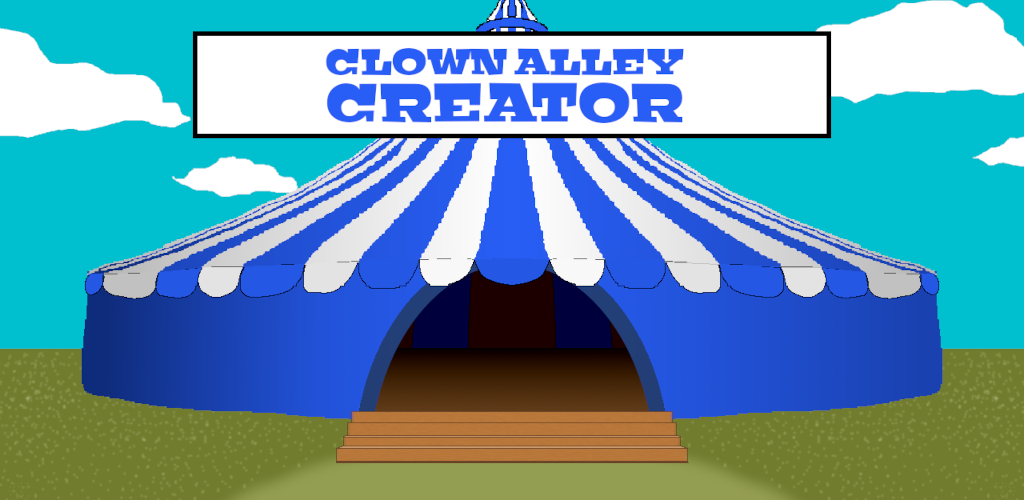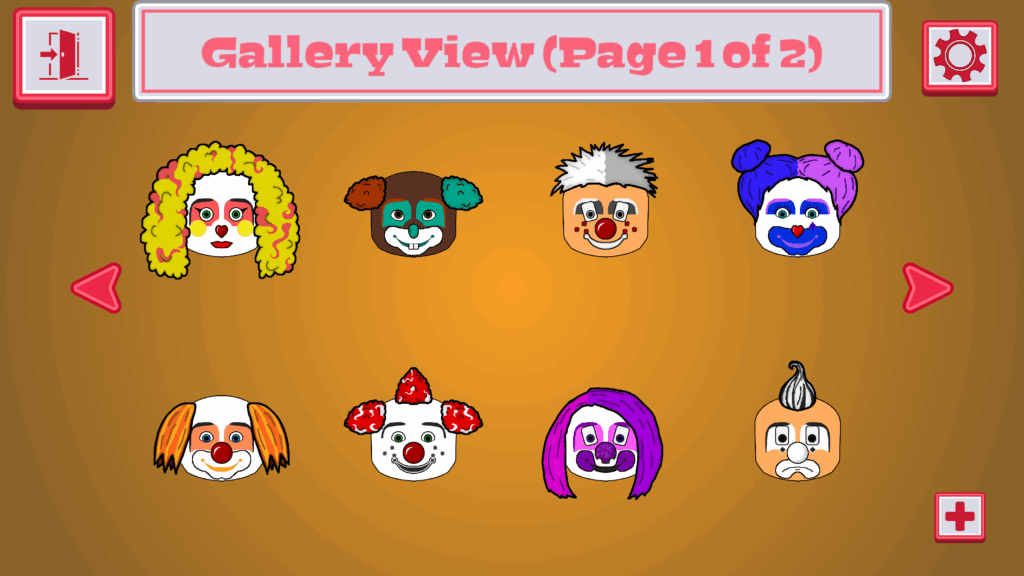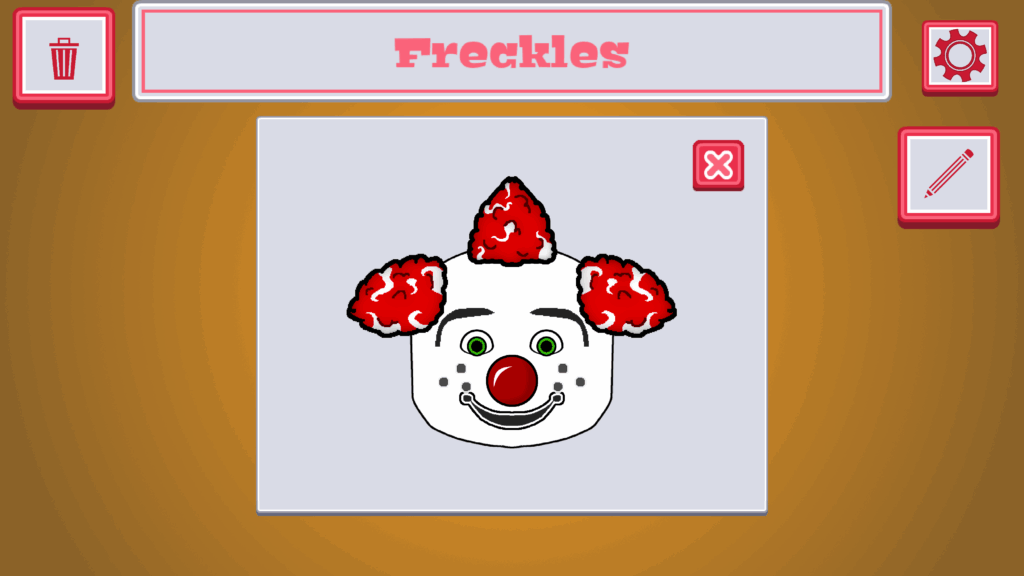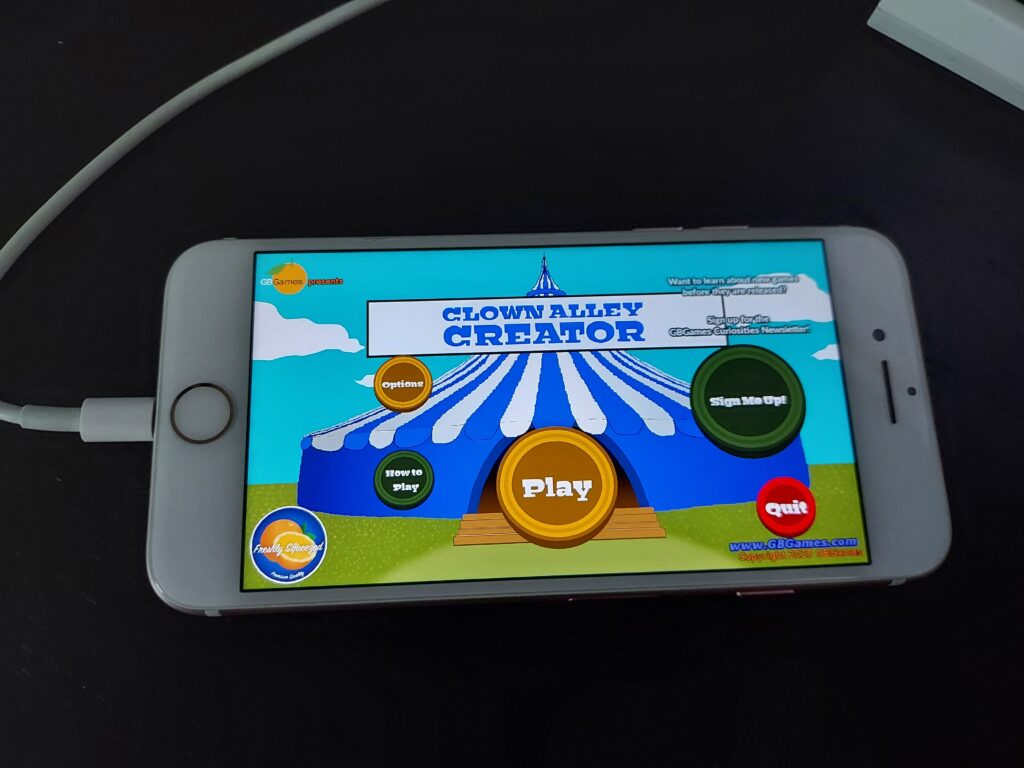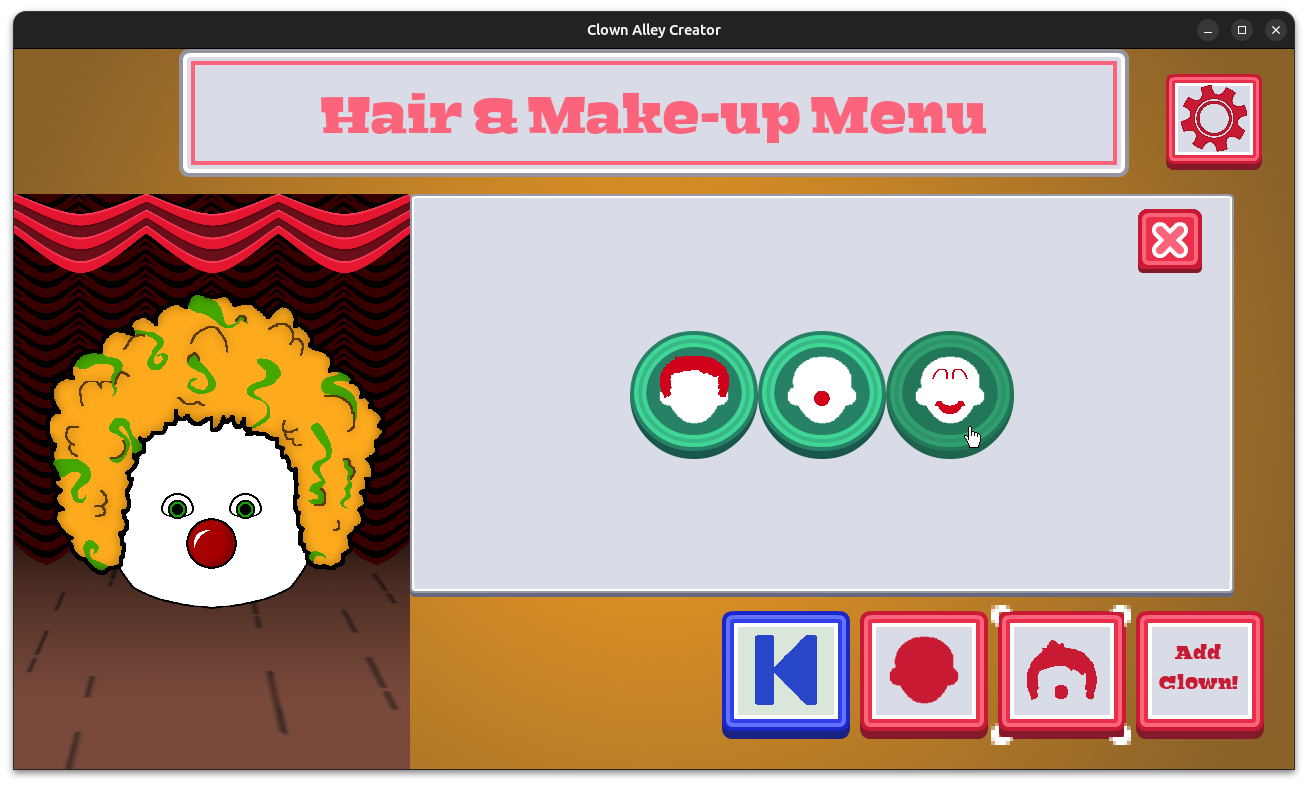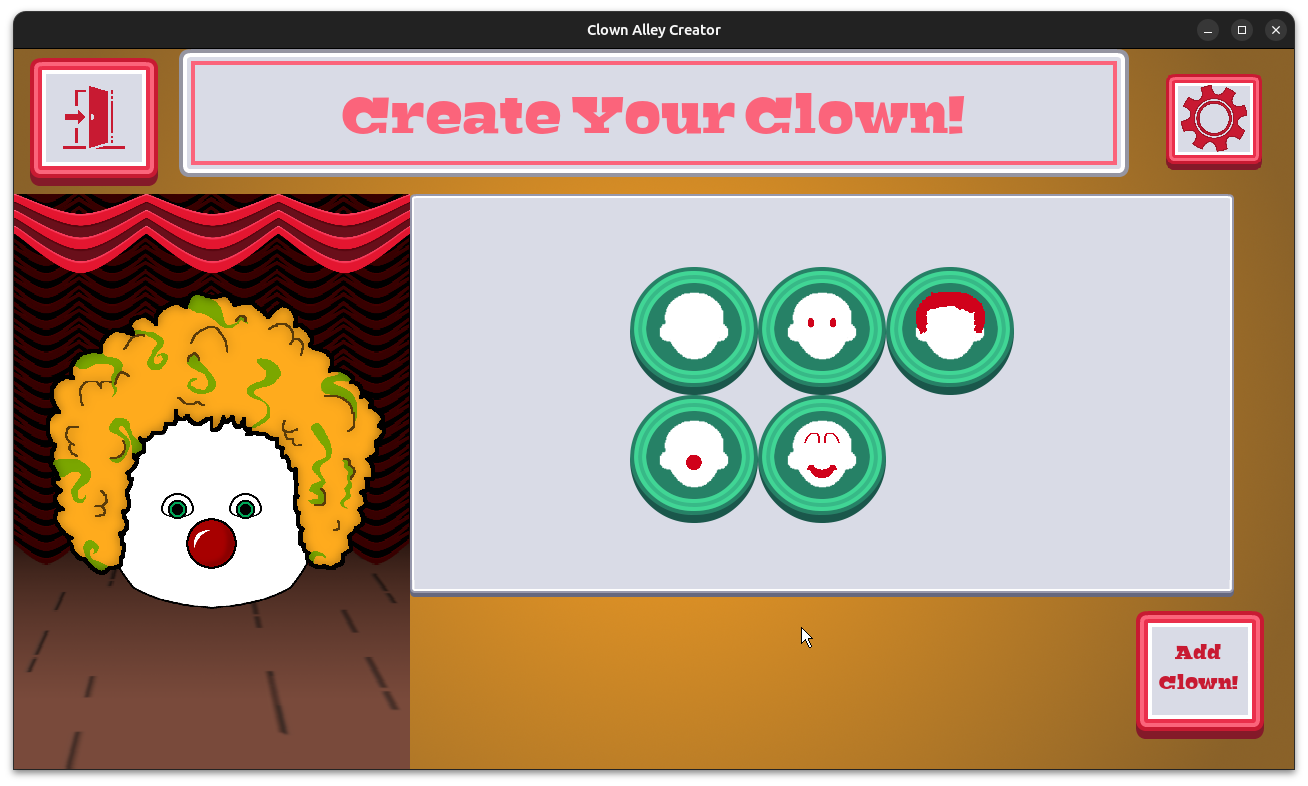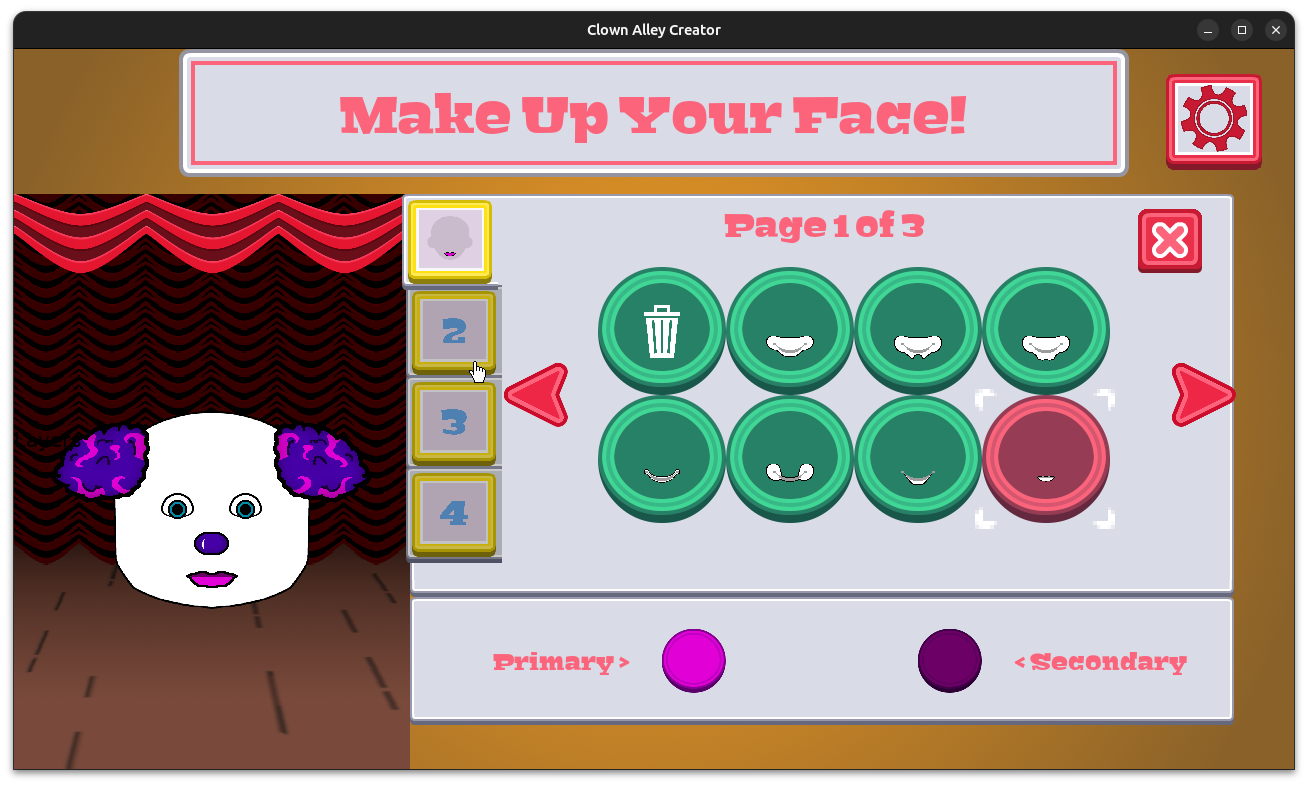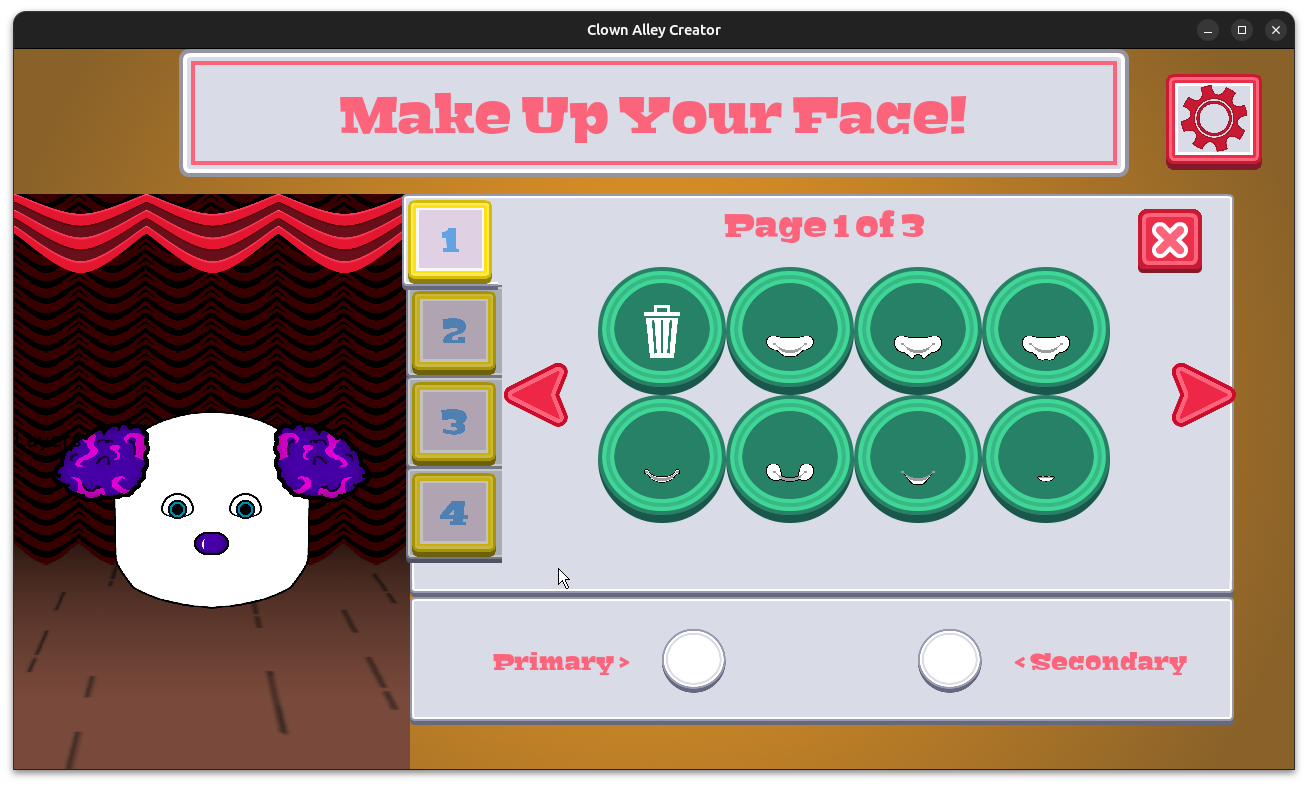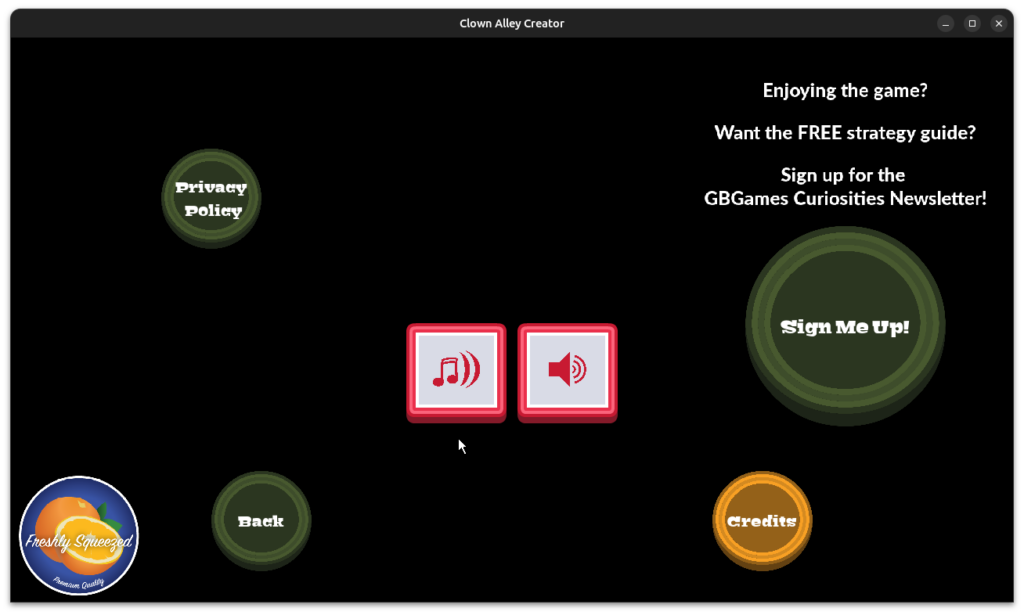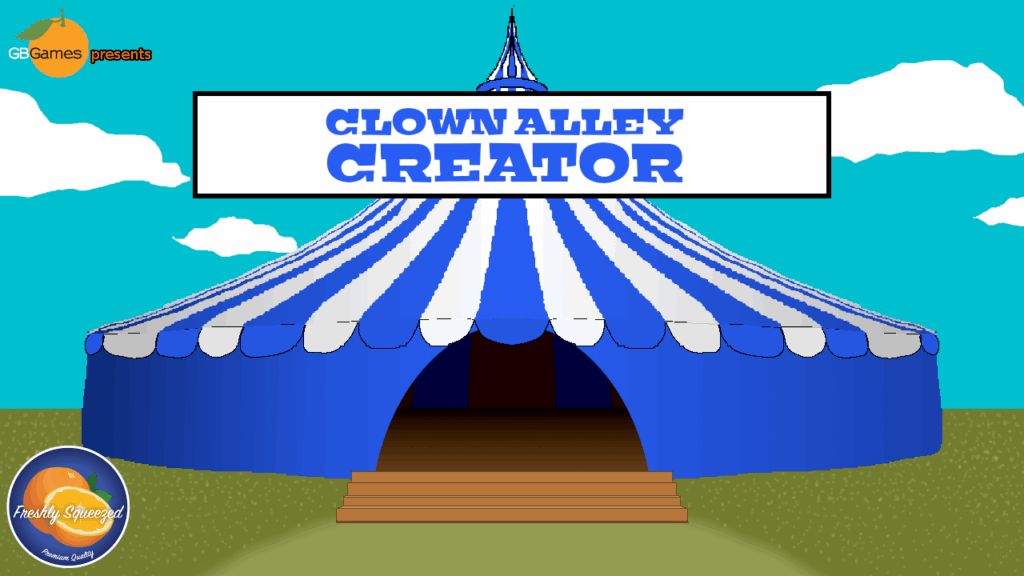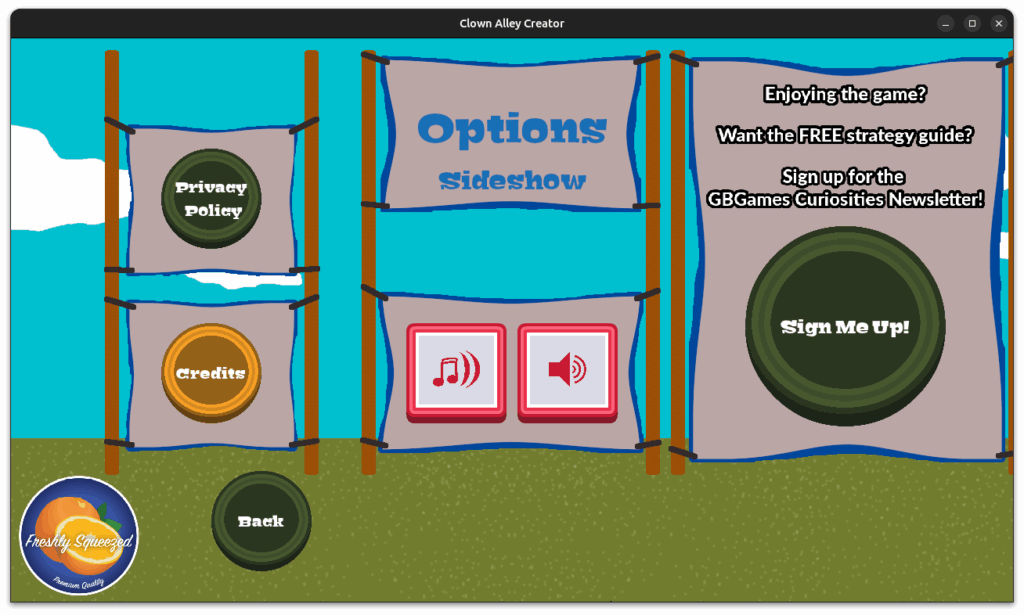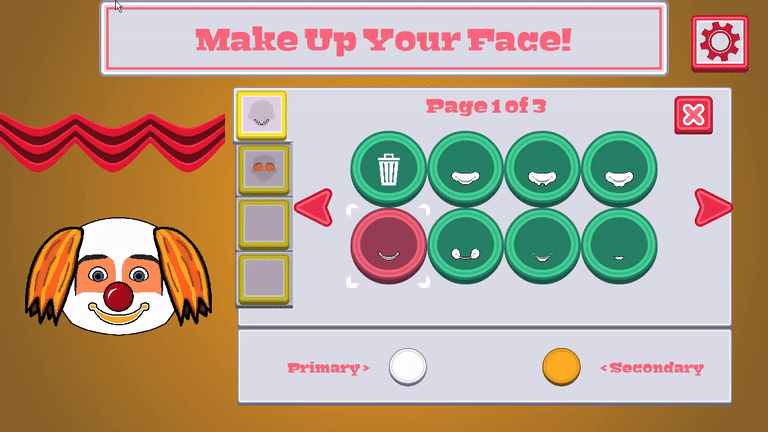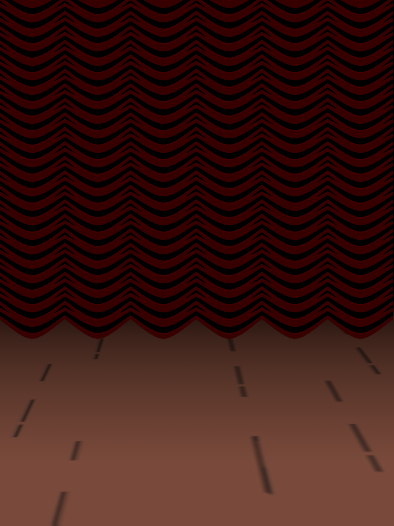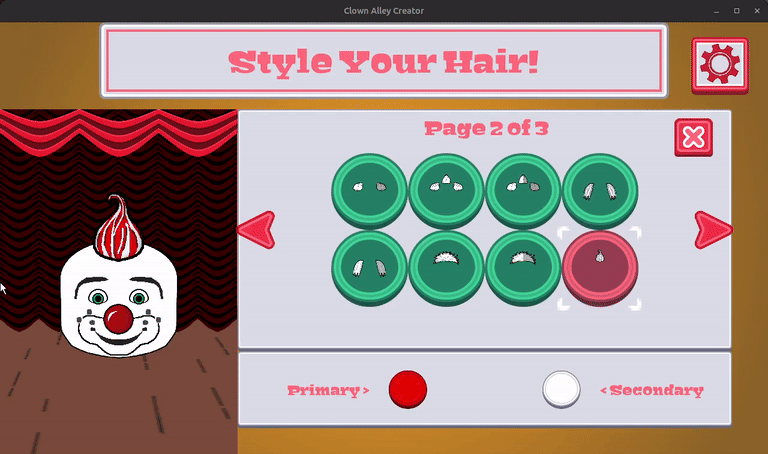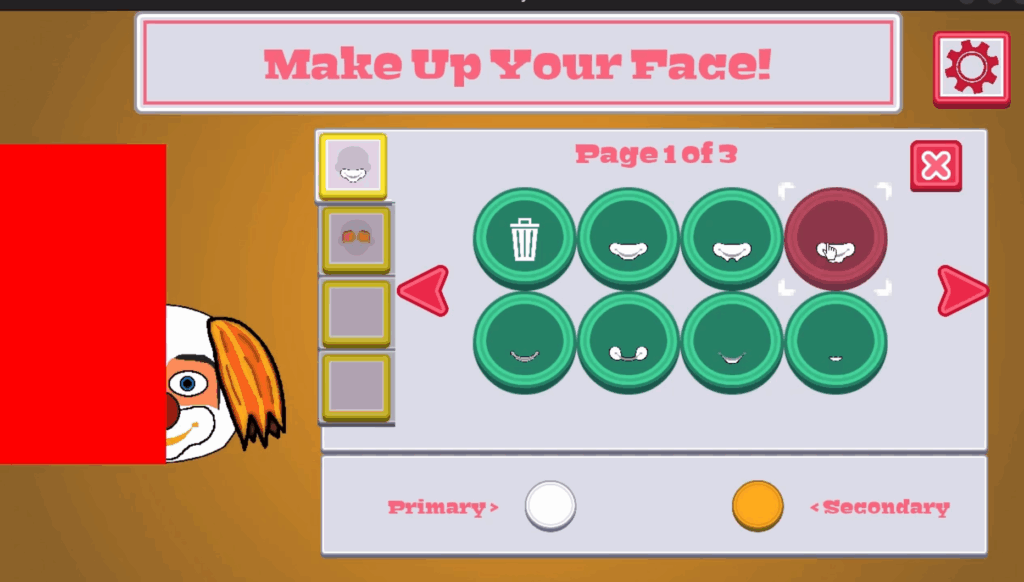Today is my Indie Day.
It’s a personal holiday that I observe, as I remember having quit my day job in 2010 to go full-time indie. Here’s my announcement blog post from that period:
Going Full-Time Indie
Unfortunately, even with all of the optimism and well-wishes, I found myself back on “corporate welfare” as I found myself in a day job again in 2012:
I Have a Day Job Again
My original plan, after licking my wounds, was to save up some money and try again within a year or two, but I didn’t anticipate how different such plans look when you’re married and making plans for a bigger family. Priorities shift, and the stability of a regular job, even if it is merely an illusion, starts to look good.
But I didn’t want to give up on my indie game development goals. My new plan was to try to slowly and surely build up my business until it made no sense to keep a day job.
Unfortunately, 15 years after my first time quitting my job and going full-time indie, I haven’t had a second time yet.
There’s lots of reasons for it, although I think a big part of it is not being prolific enough with my part-time game development efforts. On any given day, there are a ton of games getting released, and in any given year, I don’t have one of my own released to join them.
But each year, I take time off from the day job for my Indie Day to focus my time on my business. It’s a weird working holiday, in a sense, but it makes sense to me.
It is frankly more than a little disheartening that 15 years later I haven’t been able to build up a second runway yet. I can take solace that I had tried, once, in the past, but it can’t be enough, right?
For years I’ve been trying to figure out how to do it again, as an indie, as someone who is doing it his own way. I’m making plans, figuring out things that I never even thought of back then, and working, if slowly, towards moving things forward.
Today is the day I allow myself to give my business a little shove. Maybe it is just a bit of needed momentum, or maybe any benefit dissipates too quickly to matter since I can’t keep turning the flywheel.
But today is my Indie Day, and I’m celebrating it by acting as if I am once again a full-time indie game developer.


